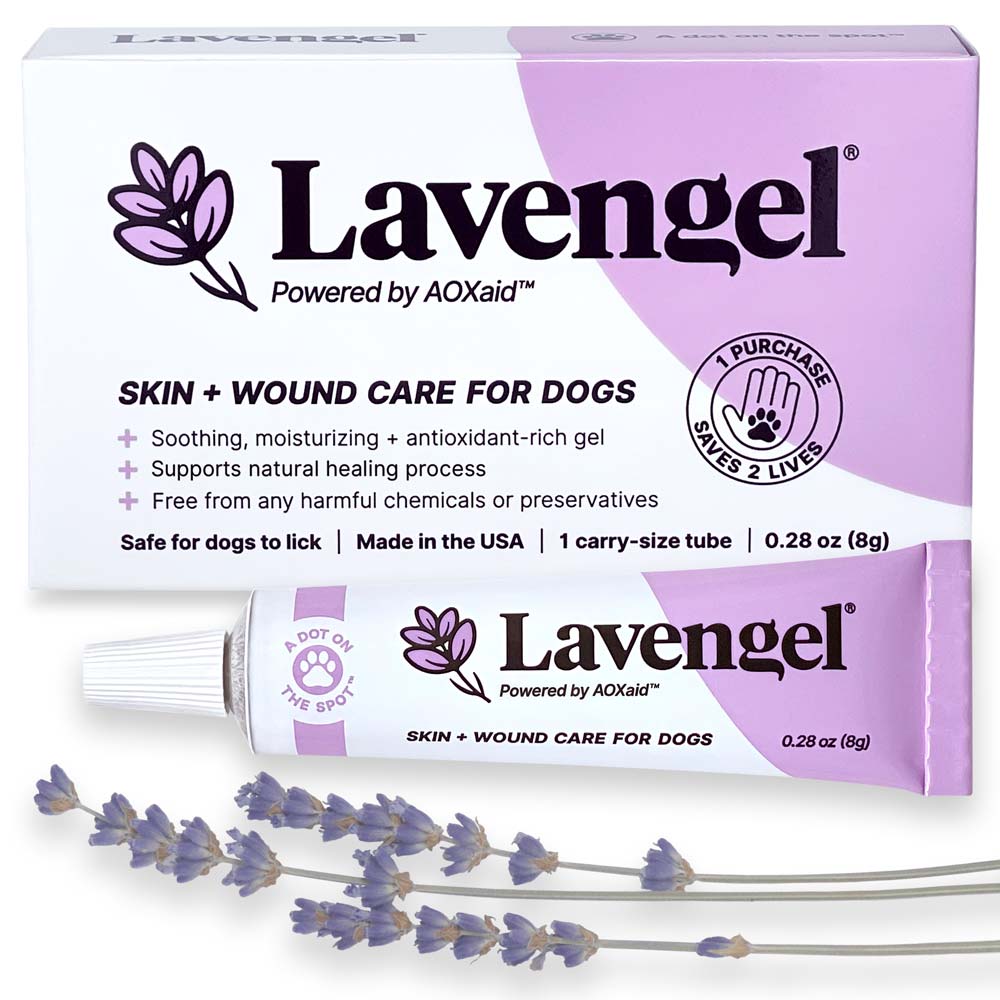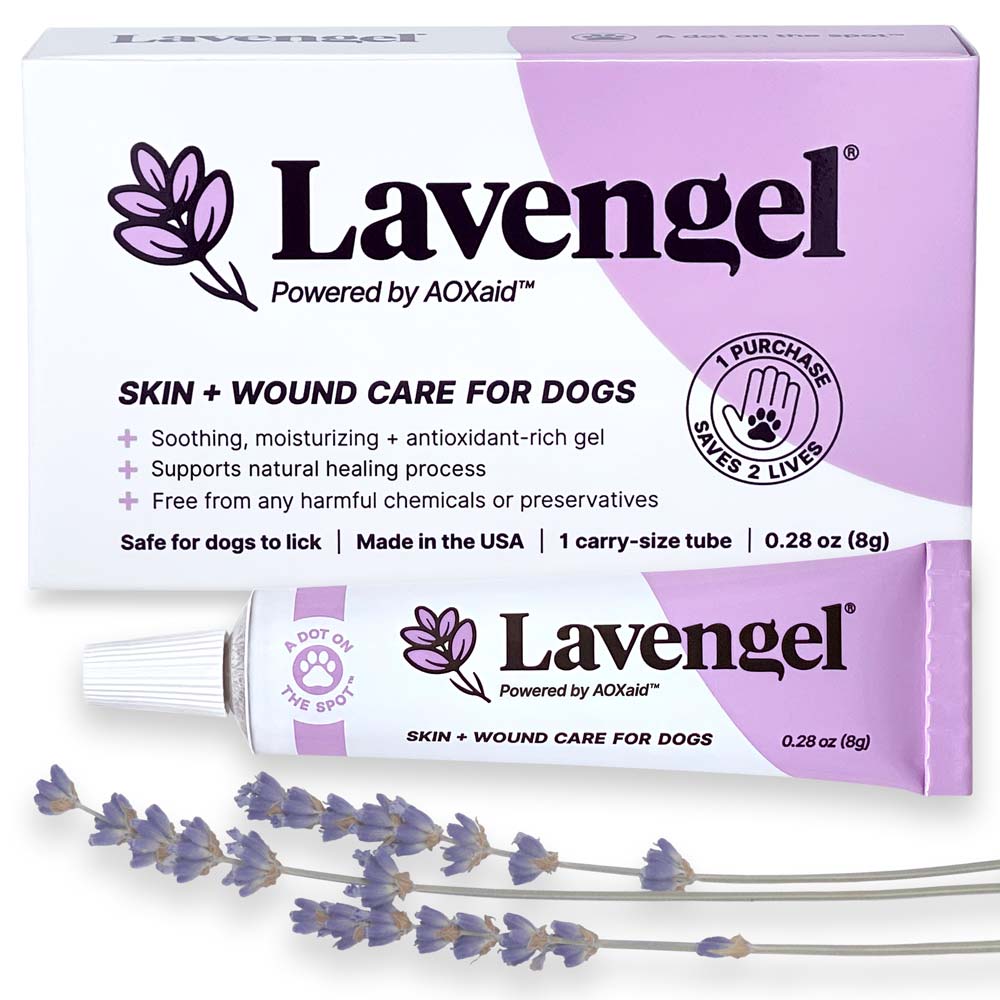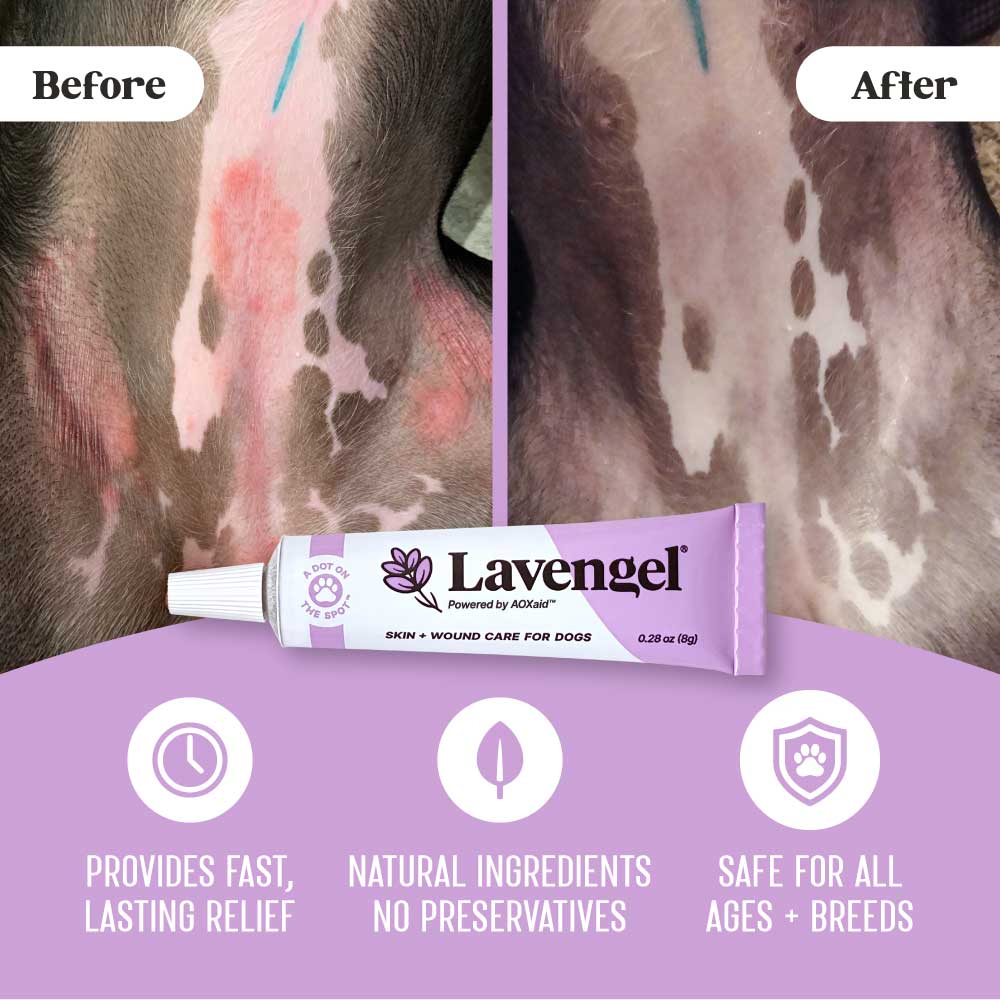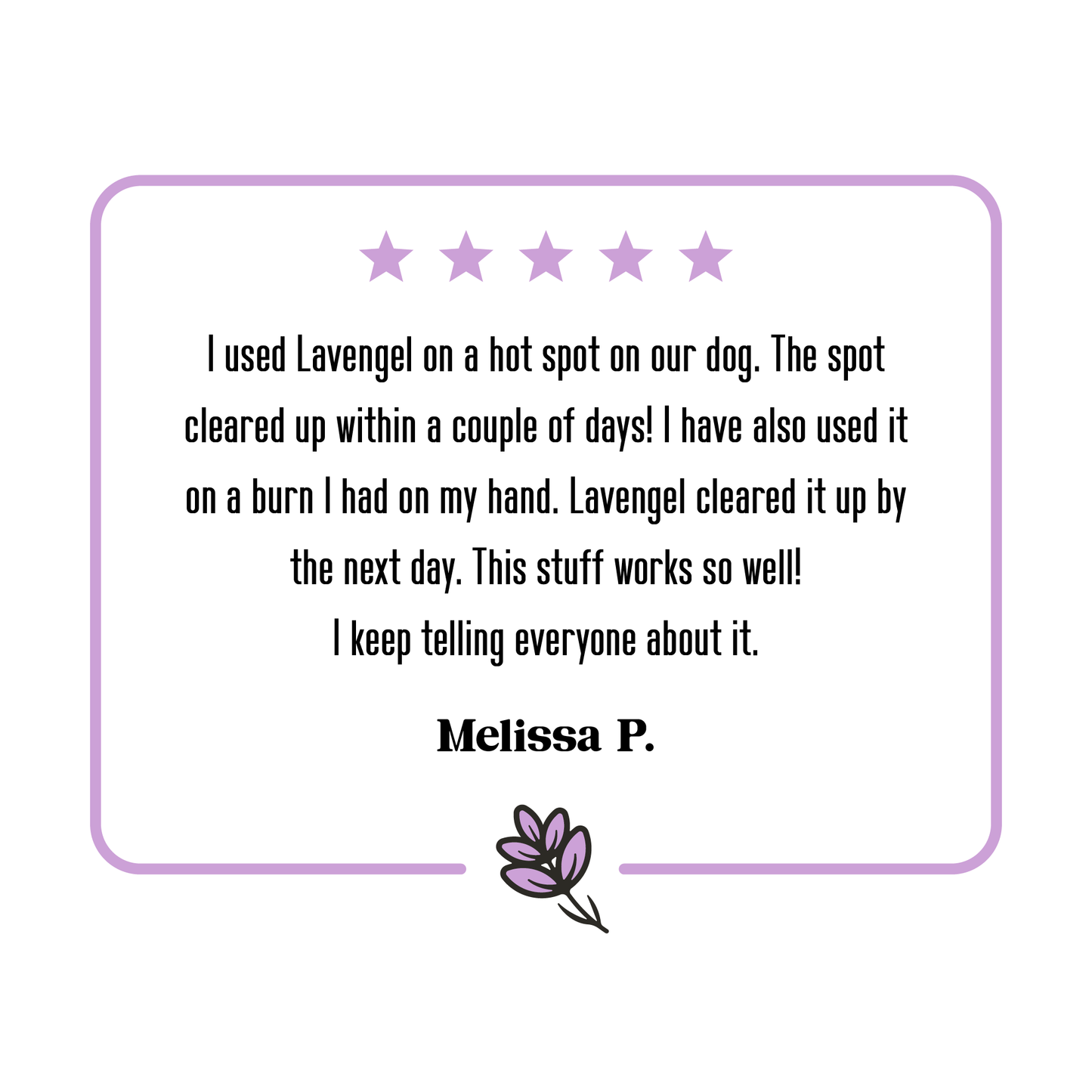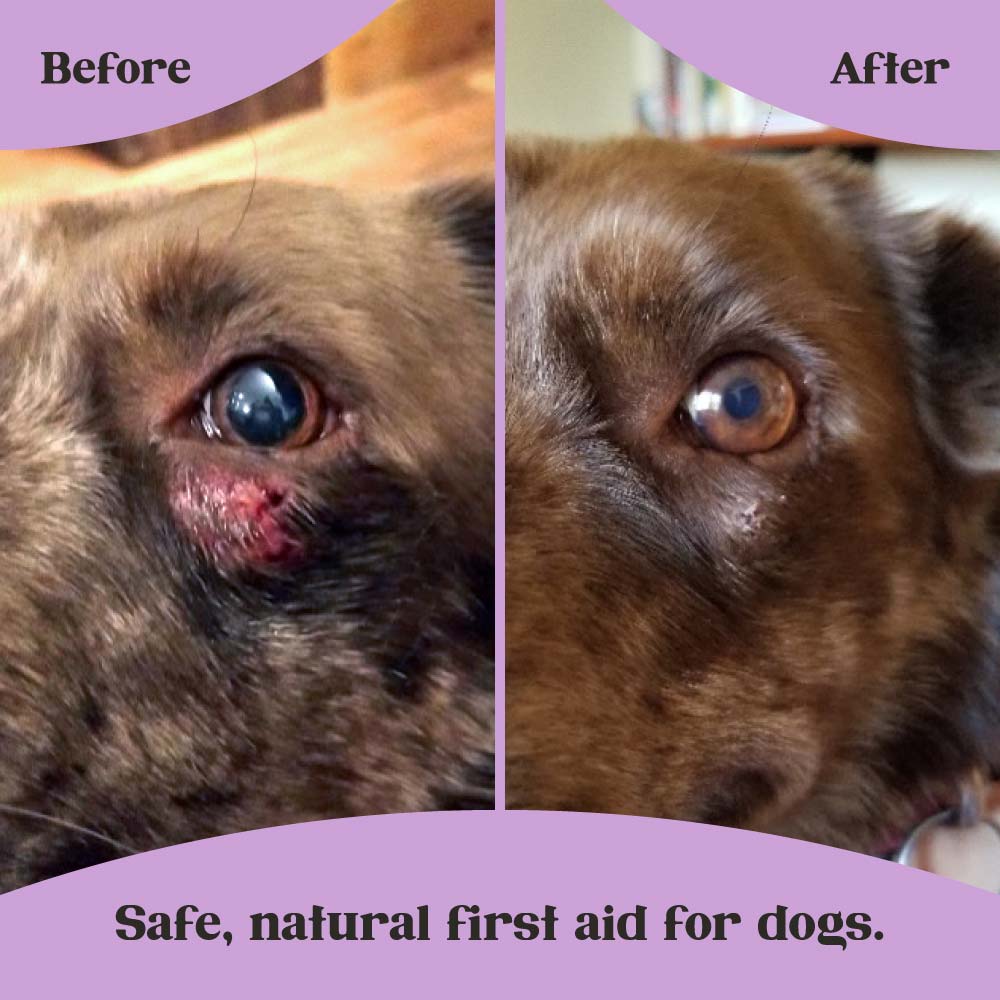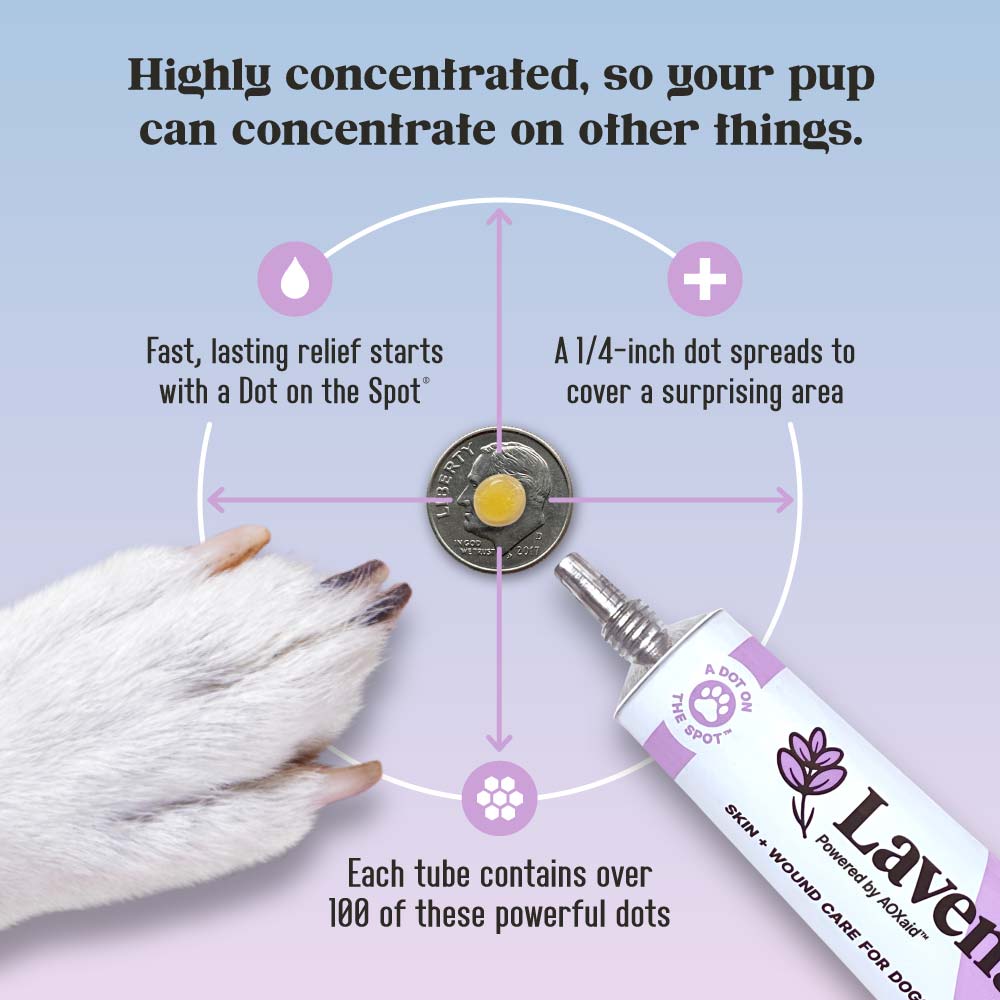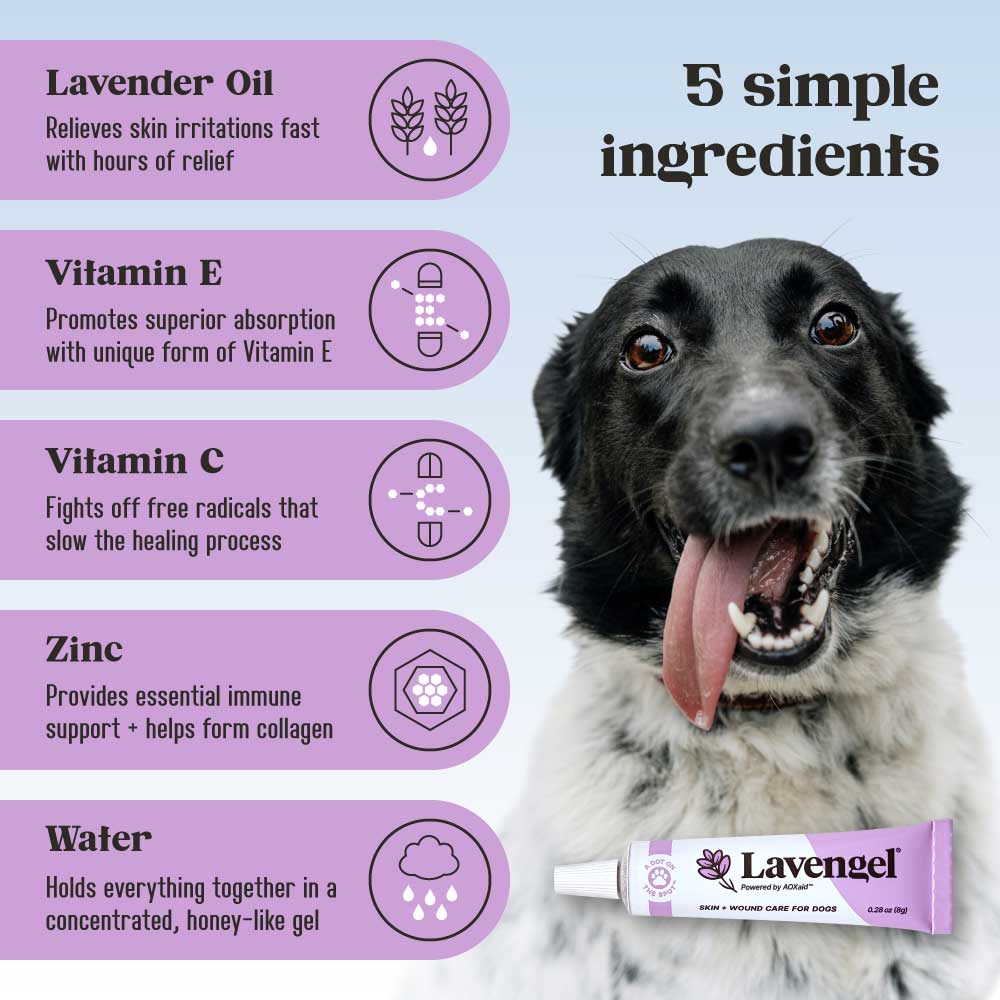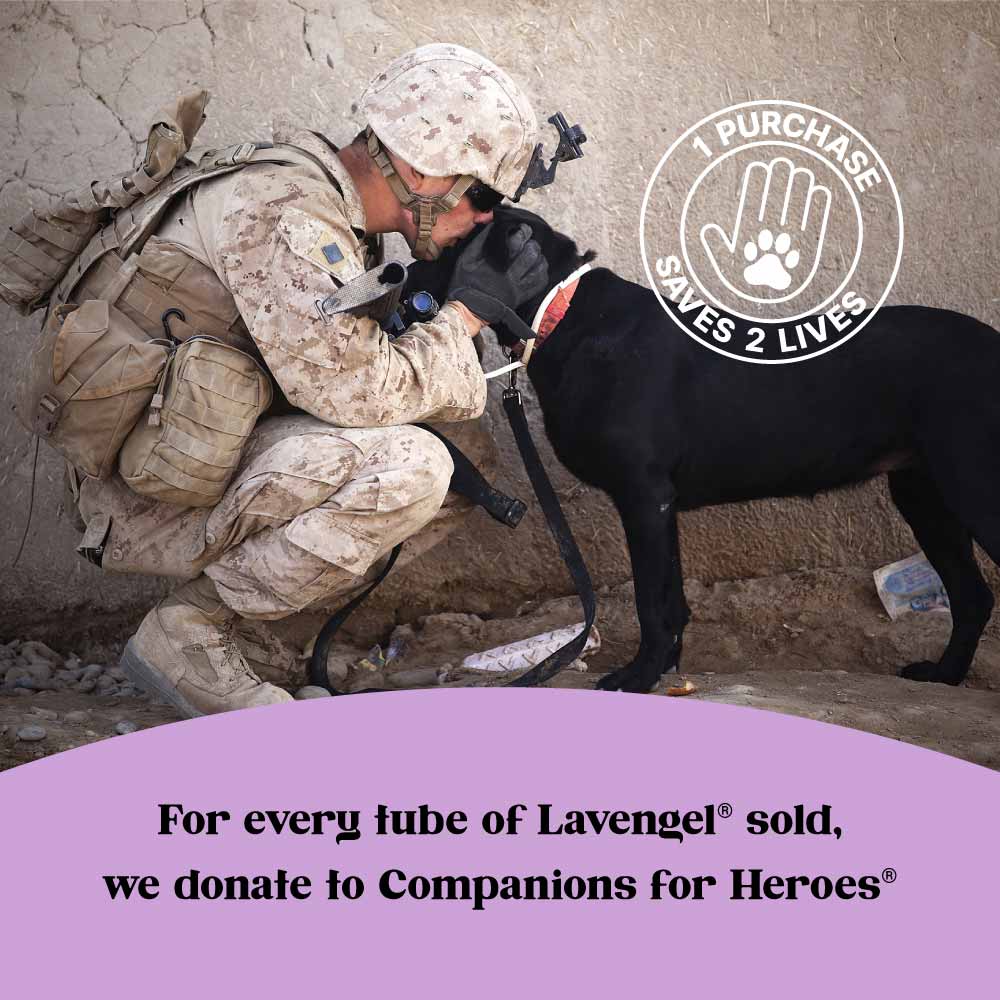April is Pet First Aid Awareness Month! With spring here, pets are more likely to be out with their families playing, hiking, and boating. While springtime fun increases, so does the risk for injury or illness.
This is a great time to build a custom first aid kit for your dog as well as educate yourself on common illnesses, injuries, and emergencies. Knowing some basic first aid skills could save your furry friend from further injury, reduce risk of secondary infection/illness, and promote a faster recovery!

Our pets encounter potentially dangerous items every day. It is important to know where these hazards can be found, how to increase prevention measures, and what to do in the event of an injury—whether that be minor or life threatening. Even the smallest actions can make a big difference to your pet when they need you most.
First Aid Must-Haves
1. Emergency Binder
There are a few important records and some general information that you should be able to grab quickly in case of emergency. These include your pet’s health records and history, vaccination records, a list of any chronic illnesses or medications your pet might have, emergency contact information for your regular veterinarian as well as the closest emergency clinic contact information. It’s important to be able to act quickly and have all the necessary information in the event you must take your pet to an emergency clinic or new veterinarian.
2. Two Nylon Slip Leads
These can be used to catch a loose pet, act as a temporary muzzle, or function as a leash if you’ve lost or forgotten your normal one!
3. Non-stick Gauze Pads
These are a necessity in any first aid kit. These can be placed on cuts, scrapes, and even larger wounds to control bleeding until you reach a veterinarian.
4. Wet Wipes and Hand Towels
A few hand towels can really come in handy if you need to transport an injured pet or clean up an accident in the back of the car - because accidents are going to happen!
5. Eye Dropper or Syringe (No Needle)
These can be used to administer medication to small pets, puppies, or kittens.

6. Hydrogen Peroxide
On certain occasions, you may be instructed by your veterinarian to induce vomiting at home if your pet has ingested a poisonous substance. Hydrogen peroxide can do just that. However, this should ONLY be done as directed by your pet’s doctor.
7. Diphenhydramine (Benadryl) Tablets
Benadryl tablets are an over-the-counter medication (OTC) that your veterinarian may instruct you to administer if your pet is having an allergic reaction. This is often used in the summer when bees and other stinging insects are more prevalent. In the event your pet’s doctor does instruct you to give this medication, it is great to have it on hand. That said, ONLY give OTC medications after speaking with your pet’s doctor.
8. Antibacterial Ointment (Lavengel!)
A great antimicrobial ointment is an excellent tool to have on hand. Summertime fun often leads to small cuts, scrapes, and scratches that can be treated at home. Obviously, as someone that regularly uses Lavengel - both in the vet clinic and at home - it’s the one I recommend. (Plus, it’s good for other common things like hotspots and itchy ears, too.) Remember that it’s very important to make sure your product is safe and effective for your pet. Lavengel is perfect for dogs, but it’s not recommended for cats.

9. Gauze
Wrap gauze can be used to secure bandaging, control bleeding, or even used as a muzzle in an emergency under the direction of a veterinary professional.
10. Blunt Tip Scissors
These will come in handy if your pet gets something caught in their fur, or if you need to remove long, tangled or matted fur around a wound. Use plenty of caution when doing so.
11. Muzzle/Mesh Bag
Injured animals are more likely to bite. Having a safe, breathable muzzle can ensure your safety while administering first aid. (Do not muzzle an animal that is vomiting or in respiratory distress.)
12. Back-up Supply of Prescription Medications
Talk to your veterinarian about a back-up supply of your pets' required medications. Many pets have chronic medical conditions that require daily prescription medications. Running out of these could have detrimental effects, especially if you are out-of-town or away from your pet’s regular doctor.

Planning Ahead
The first line of defense in health care is prevention and education. First aid courses for pet owners are available in most areas. These courses often teach basic first aid, bandaging, CPR, and emergency preparedness. Some veterinary clinics hold annual first aid courses for pet owners to increase awareness.
Here are a few things you can do today to be one step ahead of an emergency:
- Sign up for a course in first aid for pets.
- Start a savings account for your pet that can be used for emergency visits. Remember, it’s not IF an emergency will happen, it's WHEN!
- Enroll in a pet health insurance program. There are so many great options out there that can help offset the cost of your pet’s healthcare. It is important to note that many of these programs reimburse you for your out-of-pocket cost. Therefore, having that nest-egg savings account is still vital. Some examples of pet insurance providers are Embrace, Pets Best, Lemonade, American Kennel Club (AKC), ASPCA, Nationwide and Progressive.
- Be aware of other financial options. Care Credit is a credit card that can be used for health-related expenses, not only for you, but also for your pet! This can be a lifeline in the event you must seek emergency treatment for your pet.
- Educate yourself on the most common household items that can be toxic to your pet. Keep these items in a high cabinet out of reach.

Now that you have educated yourself and gotten prepared, go have some springtime fun!
-
Friendly Disclaimer: Do not try to treat an injured animal without proper training and the advice of a veterinary medical professional. Injured animals are more likely to bite and injure you or themselves further. It is especially important not to treat any animal if you are unaware of their vaccination history. Seek professional help in the event you find an injured animal that cannot be safely handled or transported.

